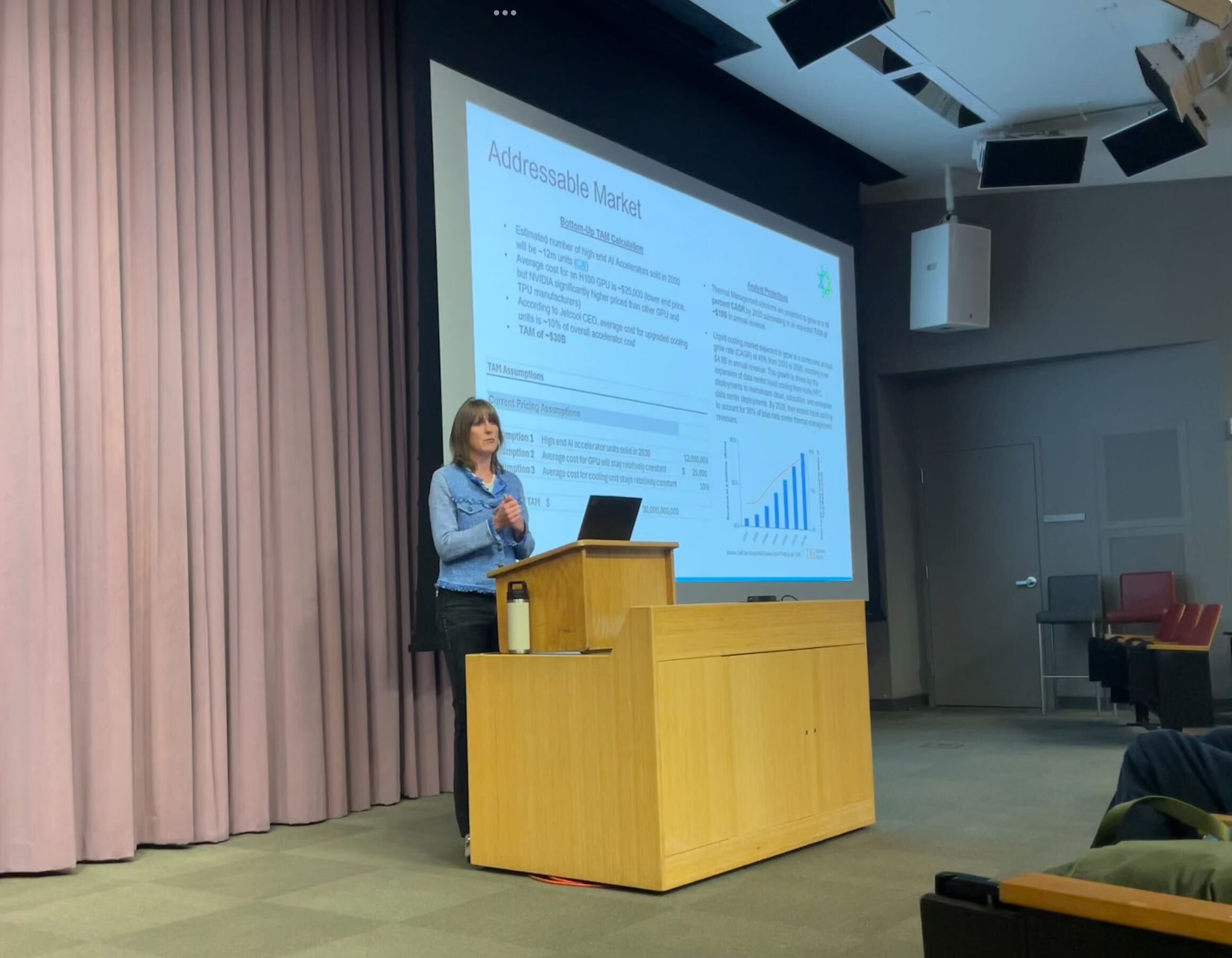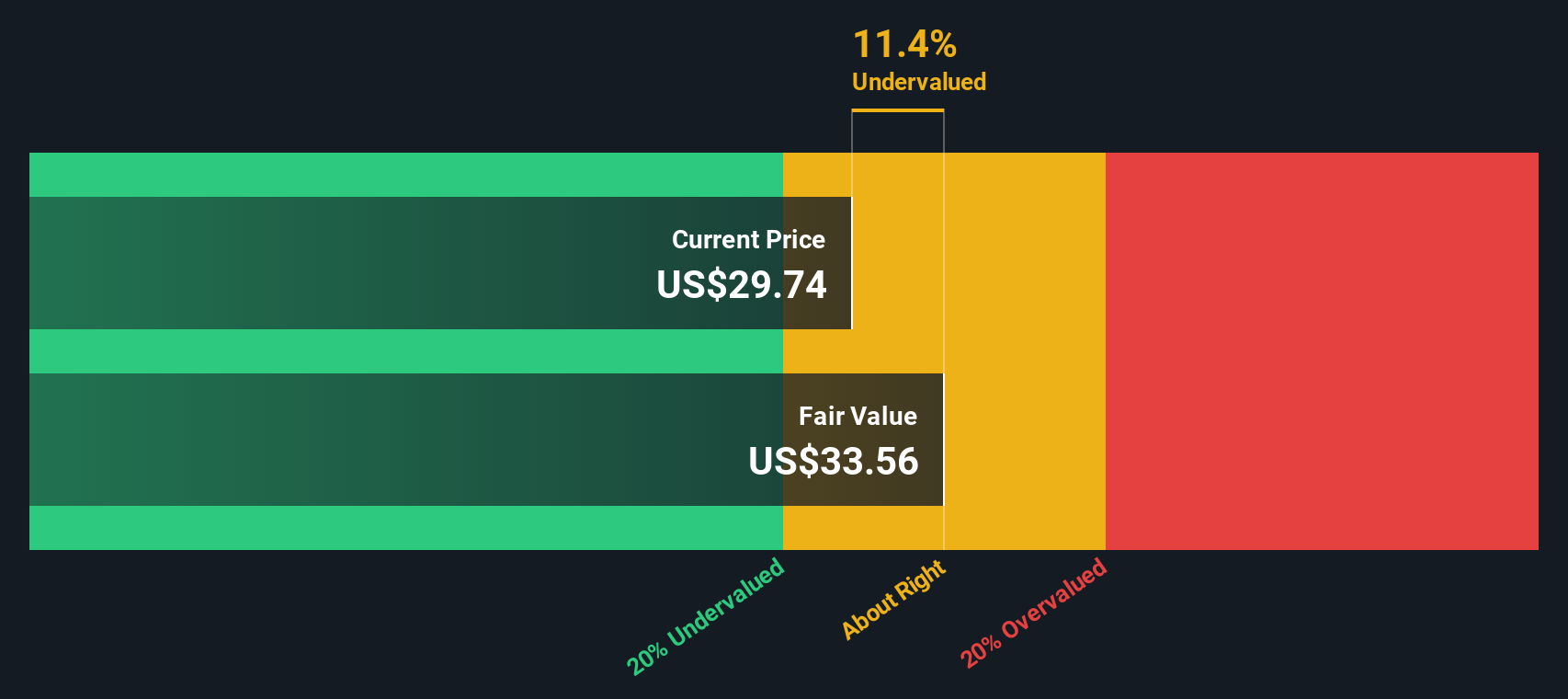B.C. puts $35M into clean industry projects – constructconnect.com

Report on British Columbia’s CleanBC Industry Fund and its Contribution to Sustainable Development Goals
Executive Summary
The Province of British Columbia has allocated a new $35 million investment through its CleanBC Industry Fund to support industrial projects aimed at reducing greenhouse gas emissions. This initiative directly supports several United Nations Sustainable Development Goals (SDGs) by fostering innovation, promoting clean energy, and encouraging public-private partnerships for climate action. This report details the fund’s objectives, highlights key projects, and analyzes its alignment with global sustainability targets.
Strategic Alignment with Sustainable Development Goals
The CleanBC Industry Fund’s framework and project outcomes demonstrate a strong commitment to the following SDGs:
- SDG 7 (Affordable and Clean Energy): The fund facilitates the transition from fossil fuel-powered industrial processes to cleaner energy sources, such as grid-based electricity.
- SDG 9 (Industry, Innovation, and Infrastructure): It stimulates research, development, and adoption of cleaner technologies and sustainable industrial processes, particularly in hard-to-decarbonize sectors.
- SDG 12 (Responsible Consumption and Production): Projects supported by the fund are designed to create more sustainable production patterns by improving efficiency and reducing the carbon footprint of industrial operations.
- SDG 13 (Climate Action): The primary objective of the fund is to achieve significant reductions in greenhouse gas emissions, contributing directly to provincial and global climate targets.
- SDG 17 (Partnerships for the Goals): The fund operates on a co-investment model, leveraging private sector and partner funding to maximize the impact of public investment.
Project Case Studies: Advancing Industrial Sustainability
ARC Resources Ltd.: Electrification for Clean Energy (SDG 7 & SDG 13)
ARC Resources Ltd. has received support to advance its decarbonization strategy in northeastern B.C. The project focuses on industrial electrification, a key pathway to achieving climate goals.
- Objective: To reduce emissions by replacing gas-powered engines with electric motors connected to the provincial grid.
- Action: The company has electrified all of its major facilities in the region and is assessing further opportunities for conversion.
- SDG Impact: This initiative directly supports SDG 7 by increasing the share of clean energy in industrial operations and SDG 13 by lowering emissions from natural gas production.
Teck Resources Limited: Innovation in Production (SDG 9 & SDG 12)
In the Kootenays, Teck Resources Limited is utilizing fund support to pilot innovative technologies for cleaner mineral and metal production.
- Objective: To research and develop cleaner industrial processes by partially replacing fossil fuels with biocarbon.
- Action: The pilot project is testing the viability of biocarbon in critical mineral and metal production, a sector traditionally difficult to decarbonize.
- SDG Impact: This project advances SDG 9 by fostering industrial innovation and SDG 12 by exploring more sustainable production methods for essential materials.
Fund Impact and Future Outlook
The CleanBC Industry Fund has established a significant track record of driving climate action through collaborative investment.
- Historical Investment: Since 2019, the fund has committed over $368 million to 173 projects across the province.
- Emission Reductions: These projects are projected to reduce greenhouse gas emissions by more than 14 million tonnes over a ten-year period, making a substantial contribution to SDG 13.
- Partnership Leverage (SDG 17): The fund has successfully leveraged an average of $2 in additional investment from industry and other partners for every $1 of provincial funding.
- Continuing Commitment: Applications for the 2025 funding round are now open, signaling continued provincial support for industrial decarbonization and the pursuit of Sustainable Development Goals.
Analysis of Sustainable Development Goals in the Article
1. Which SDGs are addressed or connected to the issues highlighted in the article?
-
SDG 7: Affordable and Clean Energy
- The article discusses projects focused on electrification to replace gas-powered engines and the use of biocarbon instead of fossil fuels. This directly relates to increasing the share of clean energy in industrial processes.
-
SDG 9: Industry, Innovation and Infrastructure
- The core of the article is about the CleanBC Industry fund investing in projects to upgrade industrial facilities. It highlights innovation in cleaner industrial processes, such as Teck Resources’ pilot project, and retrofitting infrastructure, as seen with ARC Resources’ electrification efforts.
-
SDG 12: Responsible Consumption and Production
- The initiatives described aim to make industrial production more sustainable. The article mentions “responsible development,” “cleaner industrial processes,” and improving efficiency, which are central to achieving sustainable production patterns.
-
SDG 13: Climate Action
- The primary stated goal of the funded projects is to reduce greenhouse gas emissions. The article explicitly quantifies this goal, stating the projects are “expected to reduce more than 14 million tonnes of greenhouse gas emissions over 10 years,” which is a direct climate action measure.
-
SDG 17: Partnerships for the Goals
- The article highlights the funding model of the CleanBC Industry fund, which is a public-private partnership. It states that for every “$1 invested by the province, the fund has leveraged an average of $2 in additional investment from industry and other partners.”
2. What specific targets under those SDGs can be identified based on the article’s content?
-
Under SDG 7 (Affordable and Clean Energy):
- Target 7.2: “By 2030, increase substantially the share of renewable energy in the global energy mix.” ARC Resources’ project to connect facilities to the provincial grid (which is largely powered by clean hydroelectricity in B.C.) and Teck’s use of biocarbon to replace fossil fuels directly contribute to this target.
- Target 7.3: “By 2030, double the global rate of improvement in energy efficiency.” The article mentions ARC Resources’ goal to “improve efficiency” through its electrification solutions.
-
Under SDG 9 (Industry, Innovation and Infrastructure):
- Target 9.4: “By 2030, upgrade infrastructure and retrofit industries to make them sustainable, with increased resource-use efficiency and greater adoption of clean and environmentally sound technologies and industrial processes…” This target is directly addressed by the entire premise of the CleanBC fund, which supports projects like electrifying facilities and piloting biocarbon to make industries cleaner and more sustainable.
-
Under SDG 12 (Responsible Consumption and Production):
- Target 12.2: “By 2030, achieve the sustainable management and efficient use of natural resources.” The projects aim to reduce reliance on fossil fuels and improve the efficiency of natural gas production, aligning with the more efficient use of natural resources.
-
Under SDG 13 (Climate Action):
- Target 13.2: “Integrate climate change measures into national policies, strategies and planning.” The CleanBC Industry fund is a clear example of a provincial-level strategy and policy designed to integrate climate change measures into industrial development.
-
Under SDG 17 (Partnerships for the Goals):
- Target 17.17: “Encourage and promote effective public, public-private and civil society partnerships…” The funding mechanism, where provincial investment is leveraged with private industry funds, is a direct implementation of this target.
3. Are there any indicators mentioned or implied in the article that can be used to measure progress towards the identified targets?
-
For SDG 9 and 13:
- A specific quantitative indicator is provided for measuring progress on reducing industrial emissions. The article states that the funded projects “are expected to reduce more than 14 million tonnes of greenhouse gas emissions over 10 years.” This directly measures progress towards reducing the carbon intensity of industries (related to Indicator 9.4.1: CO2 emission per unit of value added).
-
For SDG 17:
- A clear financial indicator for partnerships is mentioned. The article states, “For every $1 invested by the province, the fund has leveraged an average of $2 in additional investment from industry and other partners.” This provides a metric for the success of the public-private partnership (related to Indicator 17.17.1: Amount of dollars committed to public-private partnerships).
-
For SDG 7:
- While not a formal UN indicator, the article implies progress can be measured by the number of industrial facilities that switch from fossil fuel power sources to electricity or cleaner fuels like biocarbon. ARC Resources’ project to electrify “all of its major facilities” is an example of such a measure.
4. Table of SDGs, Targets, and Indicators
| SDGs | Targets | Indicators |
|---|---|---|
| SDG 7: Affordable and Clean Energy | 7.2: Increase the share of renewable energy. 7.3: Improve energy efficiency. |
Implied by projects electrifying facilities and piloting biocarbon to replace fossil fuels; Mention of projects that “improve efficiency.” |
| SDG 9: Industry, Innovation and Infrastructure | 9.4: Upgrade infrastructure and retrofit industries to make them sustainable and clean. | The funding of 173 projects aimed at cleaner industrial processes and reducing emissions. This relates to Indicator 9.4.1 (CO2 emission per unit of value added). |
| SDG 12: Responsible Consumption and Production | 12.2: Achieve the sustainable management and efficient use of natural resources. | Implied by the focus on “responsible development” and creating “cleaner industrial processes” that reduce the use of fossil fuels. |
| SDG 13: Climate Action | 13.2: Integrate climate change measures into policies and strategies. | Directly Mentioned: The projects are expected to reduce “more than 14 million tonnes of greenhouse gas emissions over 10 years.” |
| SDG 17: Partnerships for the Goals | 17.17: Encourage and promote effective public-private partnerships. | Directly Mentioned: “$1 invested by the province… leveraged an average of $2 in additional investment from industry and other partners.” |
Source: canada.constructconnect.com

What is Your Reaction?
 Like
0
Like
0
 Dislike
0
Dislike
0
 Love
0
Love
0
 Funny
0
Funny
0
 Angry
0
Angry
0
 Sad
0
Sad
0
 Wow
0
Wow
0

















































:focal(1500,1000)/https://media.globalcitizen.org/a6/9a/a69a4720-d8a1-4715-b596-18738d03c05c/rotary_polio_hero_image.jpg?#)






/countries/sri-lanka/photo-credit---dmc-sri-lanka.tmb-1200v.jpg?sfvrsn=dc298bcc_1#)
















